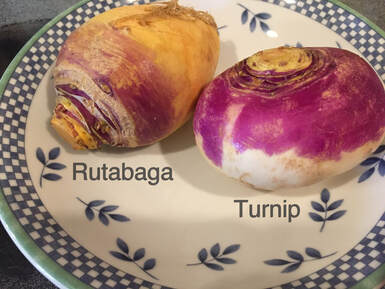 The past few months I’ve been writing about various cruciferous vegetables, such as kohlrabi and rutabaga. The next logical vegetable to write about is turnips. I have always avoided them, saying to myself that I didn’t like them. When, in reality, I had never had a turnip. Have you? How often do we dismiss vegetables because of their reputation or because of their unfamiliarity, saying we don’t like them, when we have never actually eaten them? Turnips, like rutabagas, are root vegetables in the cruciferous vegetable category (Brassica rapa genus). Turnips in the U.S. have purple “shoulders” and a white “body” (rutabagas are creamy colored and have a different color of purple “shoulders”). In other parts of the world, turnips and rutabagas are considered similar (rutabagas are also called yellow turnips or wax turnips). Similar to other root vegetables (like beets and rutabagas), they have a skin that needs peeling to remove a possible wax coating. And, like most root vegetables, their peek season is from late fall through the end of winter. What does a turnip taste like? Similar to other cruciferous vegetables, most turnips have a substance that makes them taste bitter when raw, but mellows when cooked (like Brussels sprouts). Some say that turnips taste like a cross between cabbage and a radish; others say they taste more like a cross between a carrot and a potato. When cooked, they have a smooth texture. Give them a try and leave a comment below to let us know what you think! As a side note, turnip greens are related to mustard greens, so they have a similar flavor. Wikipedia states that rapini (broccoli rabe), bok choy, and Chinese cabbage are all varieties of turnip developed specifically for their leaves instead of the root underneath. How do you eat a turnip?
How nutritious are turnips?Turnip roots are high in vitamin C and are a good source of dietary fiber, folate, copper, potassium, manganese, and vitamin B6. Turnip greens are an excellent source of folate and vitamins A, K and C and are a good source of calcium, Vitamin E, vitamin B6, fiber, potassium, and manganese. There are many different turnip varieties available to grow in your own garden, including heirloom varieties. These come in all shapes, sizes, colors and flavors. Let us know in the comment box below if you have ever tried any non-supermarket varieties! I hope you enjoy the recipe below as much as my family has. In the recipe, I used a mix of cauliflower and turnip as an introduction to this powerhouse of a vegetable. I look forward to cooking with it more in the future. References: White Bean and Bacon with Greens and TurnipsServes 4-6 Recipe adapted from Naturally Ella What’s great about this recipe is that the amounts don’t have to be exact. And you can use canned beans and tomatoes for a quick weeknight dinner. Ingredients:
Directions:
~Nancy Miller, MS, RDN
1 Comment
|
SD BlogA place for our consultant Registered Dietitian Nutritionists (RDNs) to share nutrition science, yummy and healthy recipes, tips on seasonal ingredients, and other nutritional musings. Enjoy! Categories
All
Archives
May 2024
|

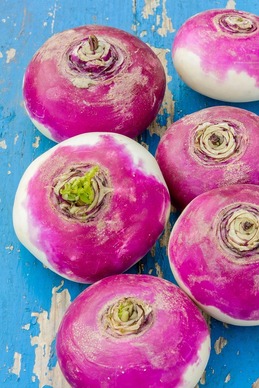
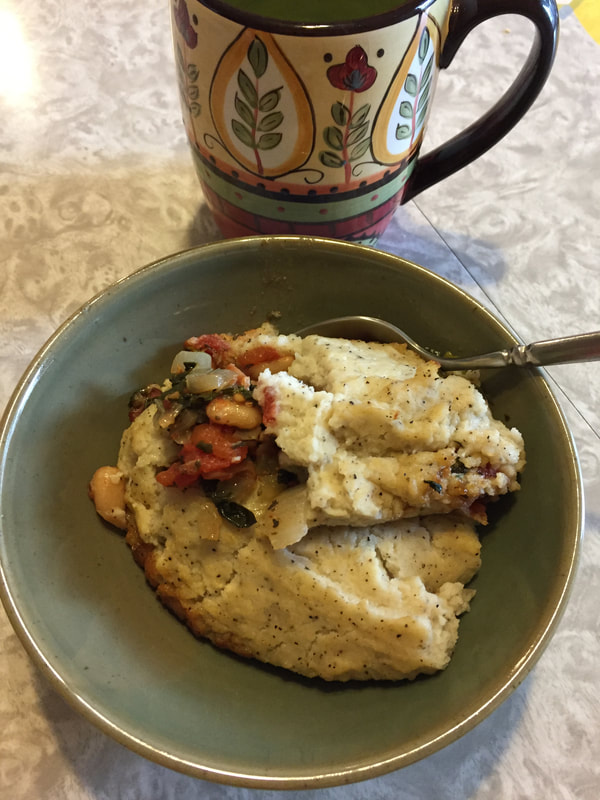
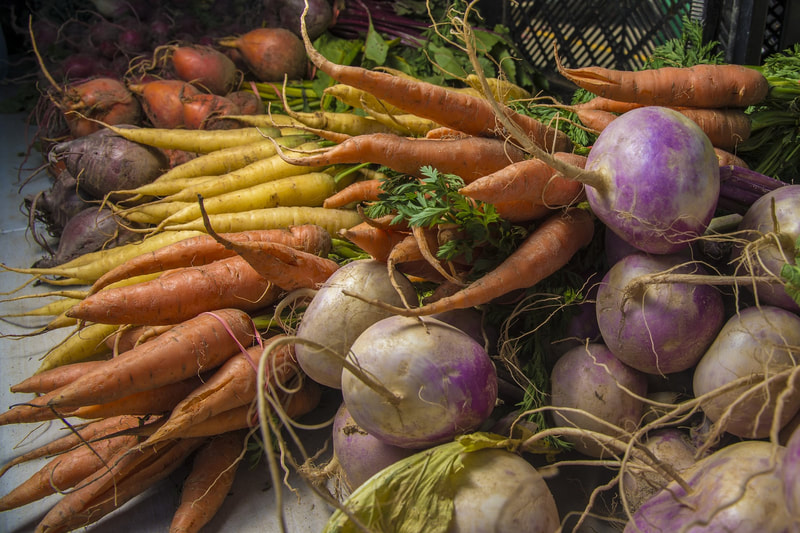
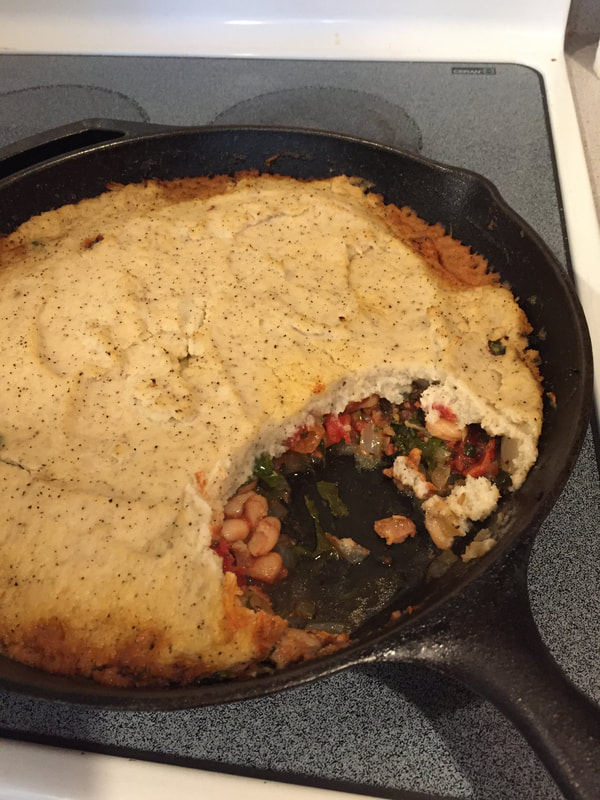

 RSS Feed
RSS Feed